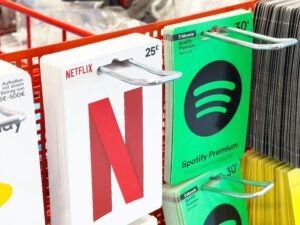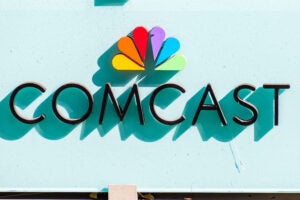 Marketing attribution and device fragmentation continue to prevent advertisers from further investing in mobile advertising, said MasterCard and Chrysler executives in a panel discussion at the Mobile Marketing Association’s New York Forum on Tuesday.
Marketing attribution and device fragmentation continue to prevent advertisers from further investing in mobile advertising, said MasterCard and Chrysler executives in a panel discussion at the Mobile Marketing Association’s New York Forum on Tuesday.
Bob Arnold, digital strategy and media lead of North America at Google, moderated a discussion with Benjamin Jankowski, group head of global media at MasterCard, and Amy Peet, senior digital marketing manager at Chrysler, about programmatic and mobile ad trends. Arnold defined programmatic advertising as “using technology and audience insights to automatically buy and sell media.”
MasterCard is mainly using mobile advertising to drive awareness and consumer engagement, which Jankowski defined as getting people to spend more time on their properties and register for their programs.
“Ideally there’ll be a time when it means driving commerce,” he said. “But one of the challenges is in security and privacy; it’s hard to connect customers and their card numbers to ecommerce.”
Jankowski also said that MasterCard looks for signs of consumer engagement such as program sign-ups to measure the success of a mobile campaign.
“It’s less about video views and more about trying to get you to sign up for a Priceless New York [MasterCard program], or a Priceless Chicago site so we can start to remarket to you,” he explained.
Peet said that Chrysler looks to mobile ads to amplify the company’s messages and to do “more upper-funnel activities like videos and viewing photos.” Chrysler is also experimenting with location-based targeting both on competitors’ lots and its own. “We’re not seeing a lot of success within competitors’ lots, but we’re seeing success on our own lots,” she said.
Peet also noted that while 45% of Chrysler’s site traffic comes from mobile devices, the company struggles to tie attribution to its mobile campaigns. As for programmatic advertising, it is “a great secondary player that is complementary to mobile,” she said. “When we layer programmatic with an engagement-type unit, we see a much higher success.”
Jankowski agreed. “Whether in mobile or the desktop space, programmatic helps us drive more value … even though we’ll still have a need for premium (inventory),” he said.
Arnold echoed Janknowski’s and Peet’s sentiments and commented that Google uses programmatic advertising to “do the heavy lifting” while “leaving room for more innovative and one-off partnership ideas.”
Arnold did not comment on the news that Google is to acquire the marketing attribution firm Adometry, which will presumably help the company extend its programmatic offerings.
AdExchanger Daily
Get our editors’ roundup delivered to your inbox every weekday.
Daily Roundup
In terms of challenges, delivering unique, targeted messages lags behind companies’ growing abilities to distribute ads, Jankowski said. “Programmatic itself is not changing our audience,” he noted. “It’s giving us the ability to deliver to them but I think there’s still a challenge in messaging.”
Peet added that device fragmentation, particularly at the household level, is also slowing down advertisers’ abilities to further leverage programmatic and mobile advertising. “We’re starting to see vendors promise that they can sell to an individual and find like-minded individuals,” she said. “But device stitching at a household level continues to elude us.”














